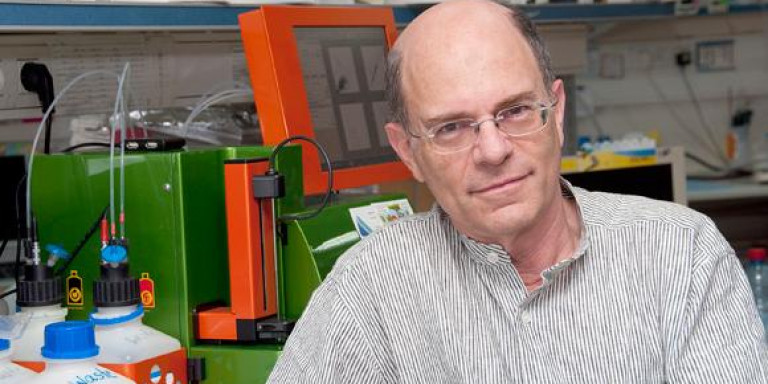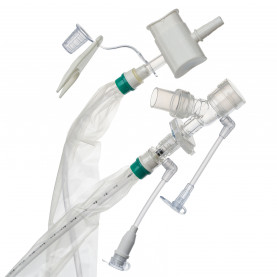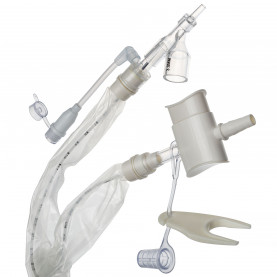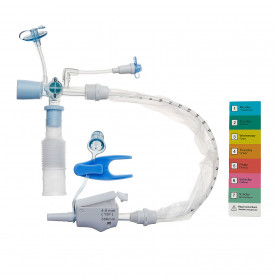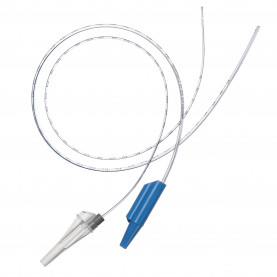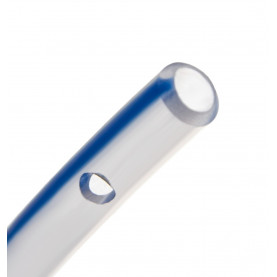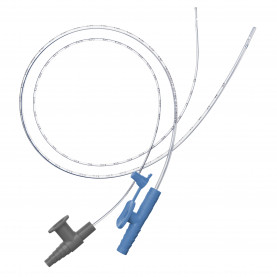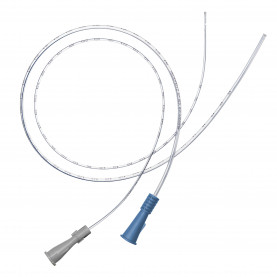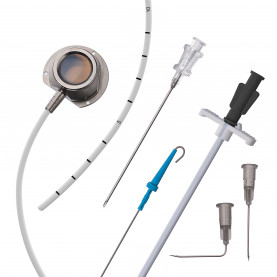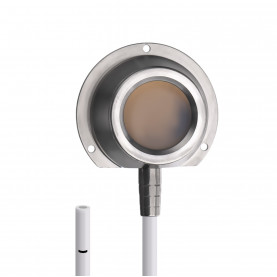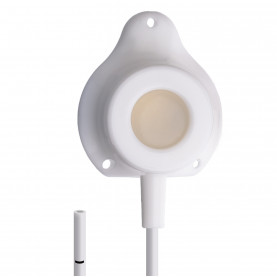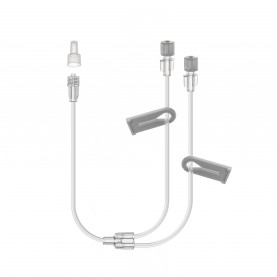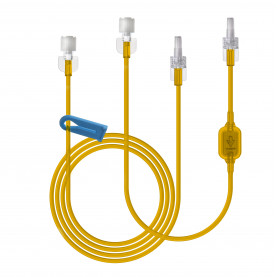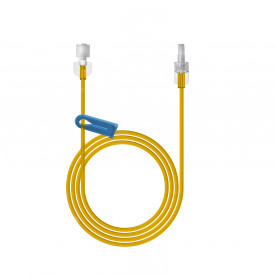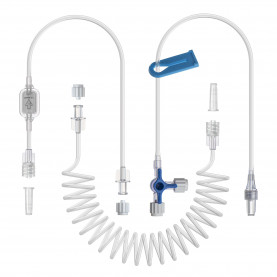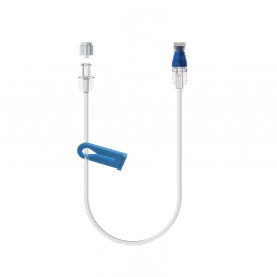A four-decade disease detective
Tel Aviv University geneticist Prof. Yossi Shiloh has a life’s mission to solve the riddle of ataxia-telangiectasia.
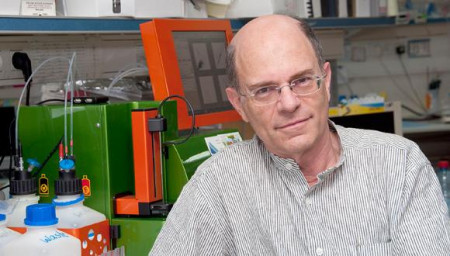
Prof. Yossi Shiloh has a one-track mind. Like numerous outstanding Israeli scientists – from ubiquitin expert Prof. Aaron Ciechanover and cancer researcher Prof. Marcelle Machluf to ribosome scholar Prof. Ada Yonath to Einstein expert Prof. Hanoch Gutfreund and multiple sclerosis researcher Prof. Ruth Arnon (to name only a few), Shiloh has spent four decades working on just one thing.
The subject that the renowned and groundbreaking human molecular geneticist at Tel Aviv University’s Sackler Medical Faculty has concentrated on is a disease called with an unpronounceable name, ataxia-telangiectasia, which is more simply known as A-T. The incurable degenerative disorder, which in Israel affects Jews of Moroccan and other North African origin and some from Yemen and Arab and Beduin communities. Between 100 and 150 Israeli families are affected by A-T, which begins to trigger severe disability and often cancer in children and severely limits their life expectancy.
He recently spoke at Jerusalem’s Israel Academy of Sciences and the Humanities, of which he is a member, at a special conference to mark the country’s 70 years of science. For his indefatigable work, Shiloh has received the Israel Prize, the EMET Prize, the Clowes Award from the American Association for Cancer Research and Teva Pharmaceutical’s Founders Prize, along with fellowships from the American Cancer Society.
Shiloh is also a member of numerous international bodies, among them the European Molecular Biology Organization and the Human Genome Organization.
When he received the prestigious EMET Prize, he was cited for “revolutionizing our understanding of the DNA damage response and revealing new avenues to understanding the functional links between the DNA damage response and cancer formation.”
He also devotes considerable time to giving popular scientific lectures to the general public and high school pupils on the medical, social and ethical implications of the genome revolution and its effect on cancer research and therapy.
Born in Haifa in 1949, Shiloh earned a bachelor’s of science degree in biology at the Technion-Israel Institute of Technology in Haifa and a master’s of science degree and Ph.D. in human genetics at the Hebrew University of Jerusalem. He trained further at Harvard Medical School and the University of Michigan and was a Fogarty Fellow at the US National Institutes of Health.
HE RECALLED in an interview with The Jerusalem Post that in the summer of 1977, he had just received his master’s degree when he accompanied Prof. Maimon Cohen, the head of the department of human genetics at Hadassah-University Medical Center and the Hebrew University Medical School, to a moshav in the Lachish region.
The searing heat and dust didn’t deter them, because they were on a mission – to meet with a family with children suffering from A-T. “I did not know much about A-T at the time, but Maimon asked me to join him on that field trip and I wanted to see those patients. At that time, only eight A-T families had been identified in Israel.
“During their first year of life, a child with this genetic disorder seems largely healthy. When such babies make their first steps, a serious balance problem appears [ataxia]. The problem develops into a severe neurodegenerative disease. By the child’s 10th birthday, he usually needs to get around in a wheelchair and help in basic tasks of life.”
All this is caused by deterioration of nerves in the cerebellum, the part of the brain responsible for coordination of fine motor movements. Then, small blood vessels expand in the eyeball and sometimes on the face; this is the telangiectasia part of the name.
But under the surface, there are worse problems, said Shiloh. The children suffer from immune deficiency and sometimes frequent respiratory infections. Even worse is the A-T child’s increased risk of cancers, especially lymphoma. Thus, they were given radiation treatments, but ironically and shockingly, their oncologists found that this treatment actually led to a serious worsening of their conditions. “When their chromosomes were examined under a microscope, even without radiation, many breaks were seen – testimony to pathological instability of their DNA. There is no treatment and the decline cannot be stopped.
Shiloh and his professor stopped at the entrance to a typical house in the moshav; the residents observed them “with suspicion” and denied that a hereditary disease existed in their family. In the courtyard, some children who looked healthy played.
“We began to lose our self confidence,” he recalled.
When they were about to leave, however, they saw in an inner room a boy and girl “who looked different from all the other children. They didn’t play. They almost didn’t move, and their facial expression was frozen. They tried to get up and come towards us, but their imbalance made it difficult for them to stand up. Their eyes were red from expanded capillaries, turning the dry text into reality. A-T! On that day, the disease became my doctoral subject, and it my research subject even today.”
IN 1995, Shiloh and his lab discovered the mutated gene that causes the horrible disease and called it ATM (A-T, Mutated). The mutation responsible for A-T among North African Jews first appeared in Casablanca a few hundred years ago. The gene discovery immediately allowed for the first time prenatal diagnosis of the disease. While this can help prevent the birth of diseased children (if parents decide to terminate the pregnancy of an affected fetus), there are still A-T babies because new A-T families keep appearing since usually before the birth of an affected child the parents are unaware of the need for screening. Such children are also often misdiagnosed.
Women may also undergo pre-implantation genetic diagnosis in which embryos are produced in a glass dish, then sampled and implanted only if they are found not to have the mutation. Shiloh and colleagues went on to study the protein product of the ATM gene. They quickly noticed that the ATM protein was completely missing in A-T patients. The main symptoms of the disease result from the loss of ATM ’s major role – mobilizing a defense system against DNA damage.
He continues to work on many puzzling questions. The most challenging of them is understanding the relentless degeneration of the cerebellum in A-T patients. “We still don’t understand which of the many functions of the ATM protein is the one whose loss is responsible for the most devastating symptom of this disease.”
Since A-T affects many systems in the human body, TAU ’s research may lead to advancement in discoveries related to other diseases such as cancer, various neurodegenerative diseases such as Alzheimer’s and Parkinson’s.
A-T can occur in any ethnic group.
Shiloh knows of only two Israeli Ashkenazi families with such children. Consanguinity (the marrying of family relatives) in the Arab sector promotes the appearance of the disease in families in which an A-T mutation exists.
“Searching for the gene took eight years; it was only the end of the beginning.
This effort turned out to be a large-scale, labor-intensive endeavor. We then had to find out how the gene works and the functions of the ATM protein. It’s a terrible disease,” he said, adding that many of the over 6,000 genetic disease are terrible. “No clinician or investigator knows all of them.”
There is a mouse model for A-T, explained Shiloh, but it does not have all the symptoms.
For example, it gets cancer and is sensitive to radiation, but it does not have degeneration in the cerebellum. So it is not a perfect model for research. “Other investigators tried developing an A-T model in pigs, but they don’t have the ataxia. I know that groups in various countries are trying other mammals.”
In parallel, “we are investigating the influence of genome instability on human morbidity in general and on the pace of aging. The work is done using a variety of cellular and molecular biology techniques, systems biology tools and mouse models,” he said.
THE ASSOCIAT ION for Fighting A-T Disease was established in Ramat Gan by relevant families in 1999 to save children born with the disorder and provide intervention and treatment as soon as the disease is diagnosed. The association, headed by Orly Dror (who has a son with the condition), “supports the children and their families throughout their daily struggle and suffering and works to increase awareness to the disease and testing amongst the medical and general population, so that fewer babies will be born with the disease.” It also implements intervention programs to help alleviate the emotional and social isolation of families with children with A-T and encourages research of the disease in the hope that a cure for it may be found. Professional information on A-T symptoms, treatment methods, proactive therapies are also provided.
The association was established in 2004 and funds a national treatment clinic managed by Prof. Ori Efrati, for A-T at the Safra Children’s Hospital at Sheba Medical Center.
Today, clinic is the world’s second leading center in the field of research and treatment of the disease, providing inter-disciplinary care by a variety of specialists and other professionals. It also prepares a rehabilitation plan to be implemented by local doctors in the family’s community so they don’t have to travel to Sheba on a regular basis.
Funding is also supplied by the association to held the children get physiotherapy for their respiratory problems, buying wheelchairs and rehabilitation equipment and funding travel expenses to hospitals and treatment facilities. Families, who suffer much distress due to the illness, are given emotional support and can participate in special leisure activities.
Since A-T is almost unknown to the unaffected public, the association tries to increase awareness to it and conducts testing, so that fewer babies will be born with the disease. It also invests a lot of money and effort in promoting Israeli and fostering global collaboration. A-T surprisingly has a high profile in the US, with one case per 40,000 to 100,000 live births, and its national center is at Johns Hopkins University.
It is hoped that together, the Israeli and American center can collaborate to discover all the answers and discover a cure.

